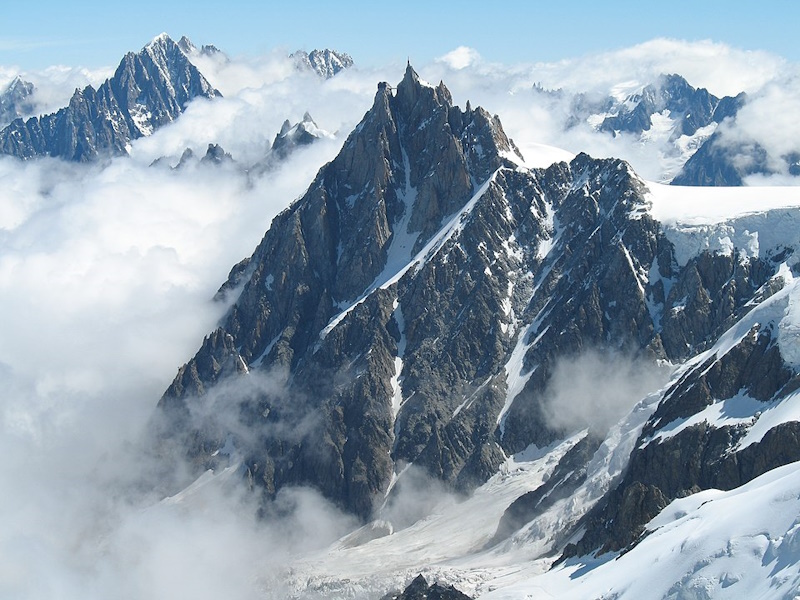How They Built the Aiguille du Midi Station
An Engineering Feat at 3,842 Meters
Building anything at high altitude is tough. Building a cable car station on the sheer face of a mountain at nearly 4,000 meters? That’s something else. The Aiguille du Midi station in the French Alps is one of the most extreme construction projects ever attempted.
Getting materials up there was one thing, but the real challenge was surviving the elements while carving a structure into solid rock!
Blasting a Path to the Summit
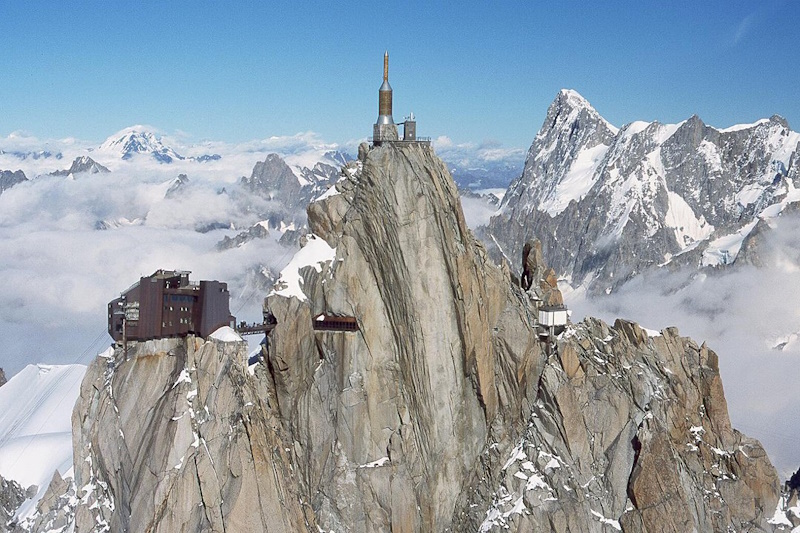
Work started in the early 1950s, but it wasn’t as simple as sending up a team of builders. There were no roads, no easy access. Everything – materials, equipment, even food – had to be transported by temporary work cables, helicopters, or sheer human effort.
Workers had to climb to their job site, sometimes sleeping in shelters clinging to the cliffs.
The biggest challenge was the rock itself. The summit wasn’t naturally suited for a building, so it had to be reshaped. Workers used dynamite to blast through granite, creating enough space for the station’s foundations.
Every explosion had to be calculated: too much force could send boulders crashing down onto the worksite below.
The Daredevils Who Strung the Cables
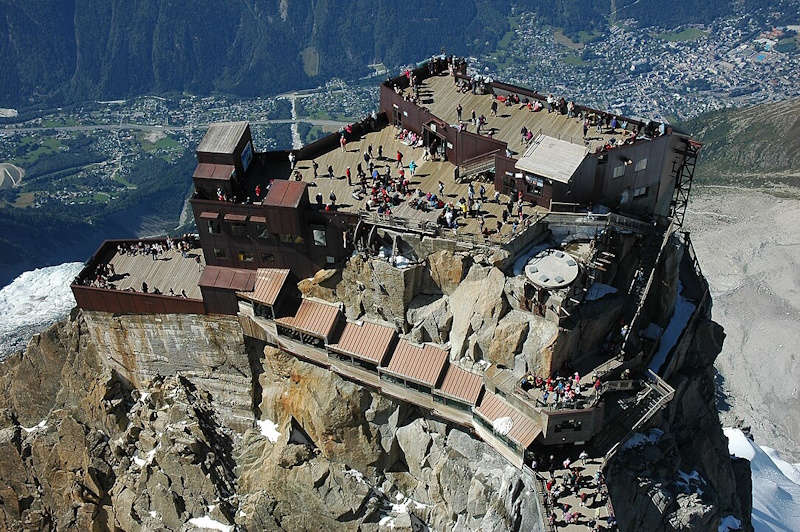
The cable car system was another challenge entirely. To connect Chamonix to the summit, engineers had to stretch cables over impossible distances, across deep valleys and jagged peaks.
In the final stretch, the cable spans nearly 3,000 meters without a single support tower. That meant workers had to manually guide and secure the cables while dangling over thin air. No drones, no high-tech solutions – just guts and precision.
Living and Working in Brutal Conditions
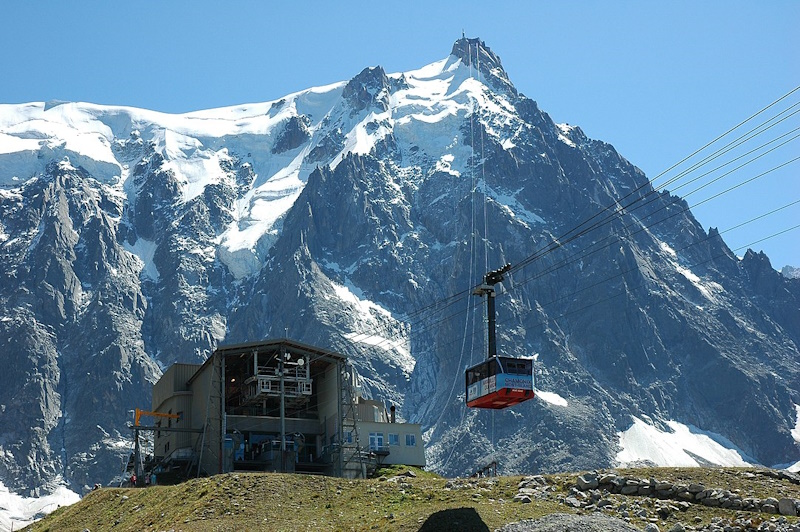
The cold was relentless. Even in summer, temperatures near the summit hover around freezing, and in winter, the wind and snowstorms made work nearly impossible.
Construction teams battled altitude sickness, frostbite, and the constant risk of slipping on ice-covered rock. Supplies were limited, and on bad weather days, work simply had to stop.
Despite all of this, progress continued. Piece by piece, the station took shape. The first passengers made the full trip in 1955, stepping out onto a viewing platform that seemed to float in the sky. It was a triumph of engineering and sheer human determination.
Modern Upgrades, Same Challenges
The Aiguille du Midi station has been expanded and reinforced over the years. Glass floors, tunnels through the rock, and the famous “Step into the Void” platform have made it an even bigger attraction.
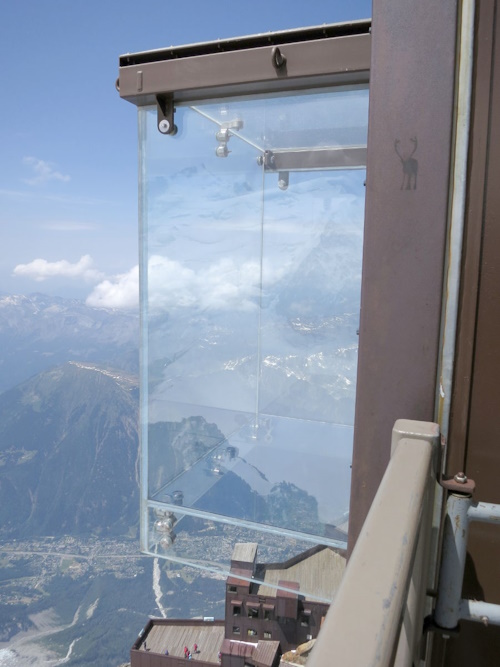
But maintenance is still extreme. Technicians regularly rappel down the cliffs to check bolts and cables, working with the same mix of fearlessness and precision that built the station in the first place.
Even today, the Aiguille du Midi is a place that pushes limits. Not just for the tourists who ride the cable car, but for the people who keep it standing, high above the world.

